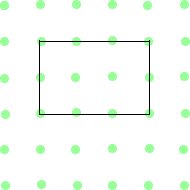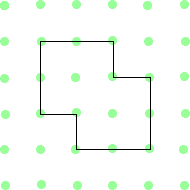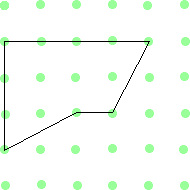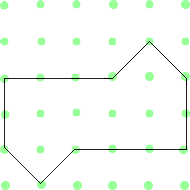English: LO: to write a postcard.
Today I would like you to use what you learned yesterday about postcards to write one! We will be looking at how we write postcards (and other types of correspondence) to different people we know over this week, but today we will be writing to a friend or family member. I would like you to create a postcard from a place you either have visited, or would like to visit. Start off by cutting out a postcard piece of paper or card. Draw on the front of it to show where the postcard is being sent from (you could even make up a fantasy land if you would rather!), on the reverse write a message to your friend or family member. Don’t forget to include an address, and definitely don’t forget that the people who are involved in posting and sending your letter can also read it!
Once you have finished, I would like you to think carefully about the type of language you used in your postcard. Was it very formal, or was it quite informal? Did you say things in the postcard that you wouldn’t say if you were writing to someone who you didn’t know very well, or if you were writing the postcard to me?
Maths: LO: to add fractions.
Yesterday you defined what a fraction was, and I am hoping that creating your poster helped you to remember all of the hard work we did on fractions back in the Spring term!
Today, I would like you to focus on adding fractions. Below I have put some questions I would like you to work through. Don’t forget, when adding fractions with the same denominator we don’t change the denominator!
To help you, you could always create the fractions you are adding up. For example, if you were solving this problem: 2/4 + 1/4 you could cut out a shape into quarters (as per the denominator). You could then take 2 of the quarters, and then add another quarter to it; in total you would have 3/4 which is the correct answer. If you really want to make it interesting, you could cut up things you can eat like chocolate bars or cakes!
Questions 6, 7 and 10 may require you to add the denominators using a column addition.
Questions 8, 9 and 10 are trickier (Y4s please make sure you have a go at these).
Once you complete these, make up some questions of your own.
1) 1/3 + 1/3 = ?
2) ? = 3/7 + 2/7
3) 1/8 + 5/8 = ?
4) 7/9 + 2/9 = ? (This can be written in two different ways).
5) 3/12 + 6/12 = ?
6) ? = 72/100 + 7/100
7) ? = 18/250 + 200/250
8) 3/7 + 10/7 = ? (This can be written as an improper fraction or a mixed number).
9) 10/12 + 10/12 = ? (This can be written as an improper fraction or a mixed number).
10) 14/28 + 42/28 = ? (This can be written in two different ways).









